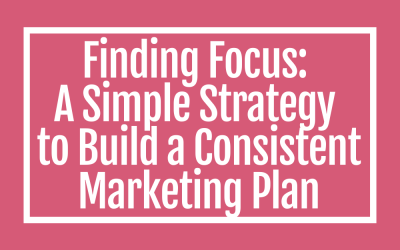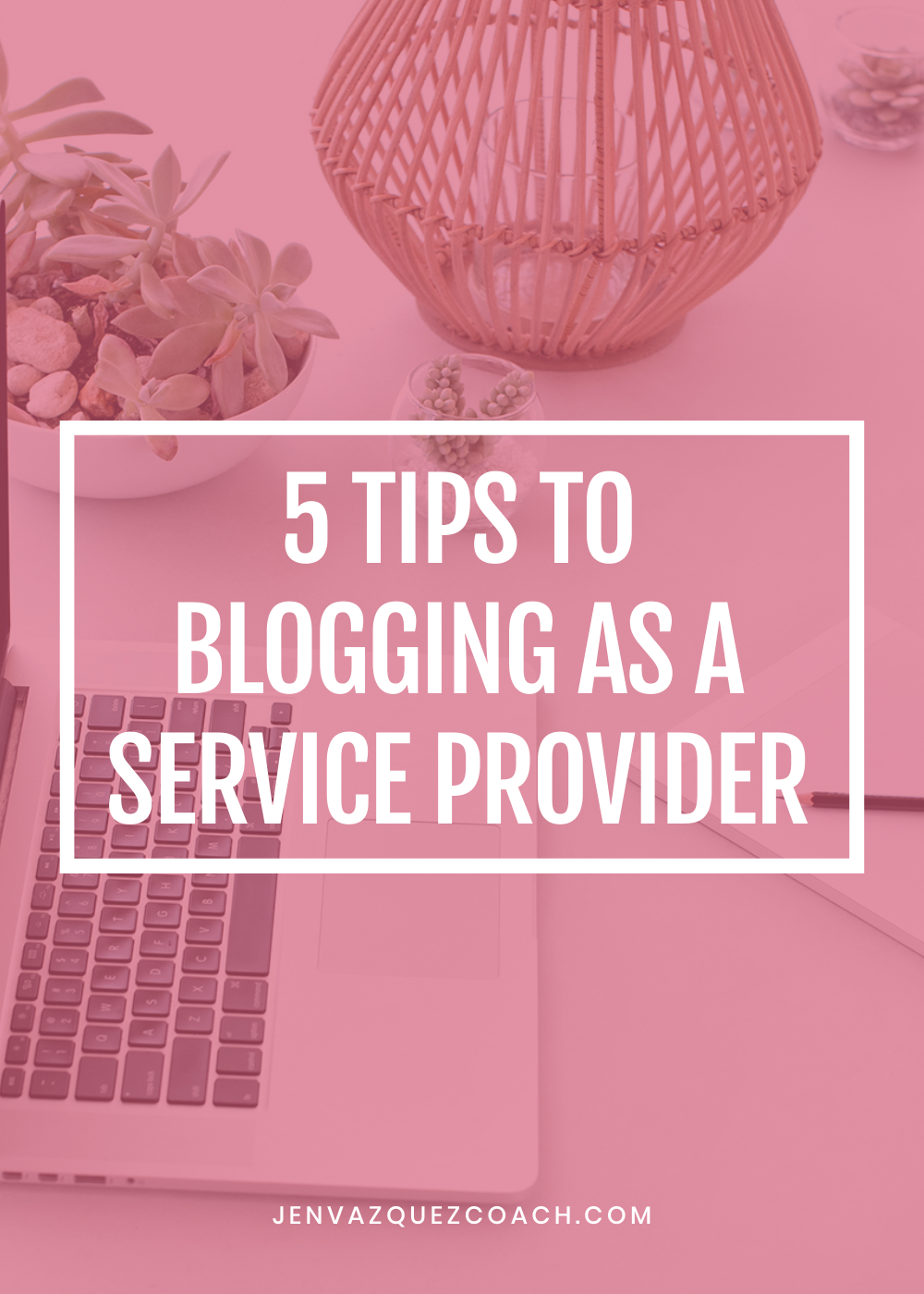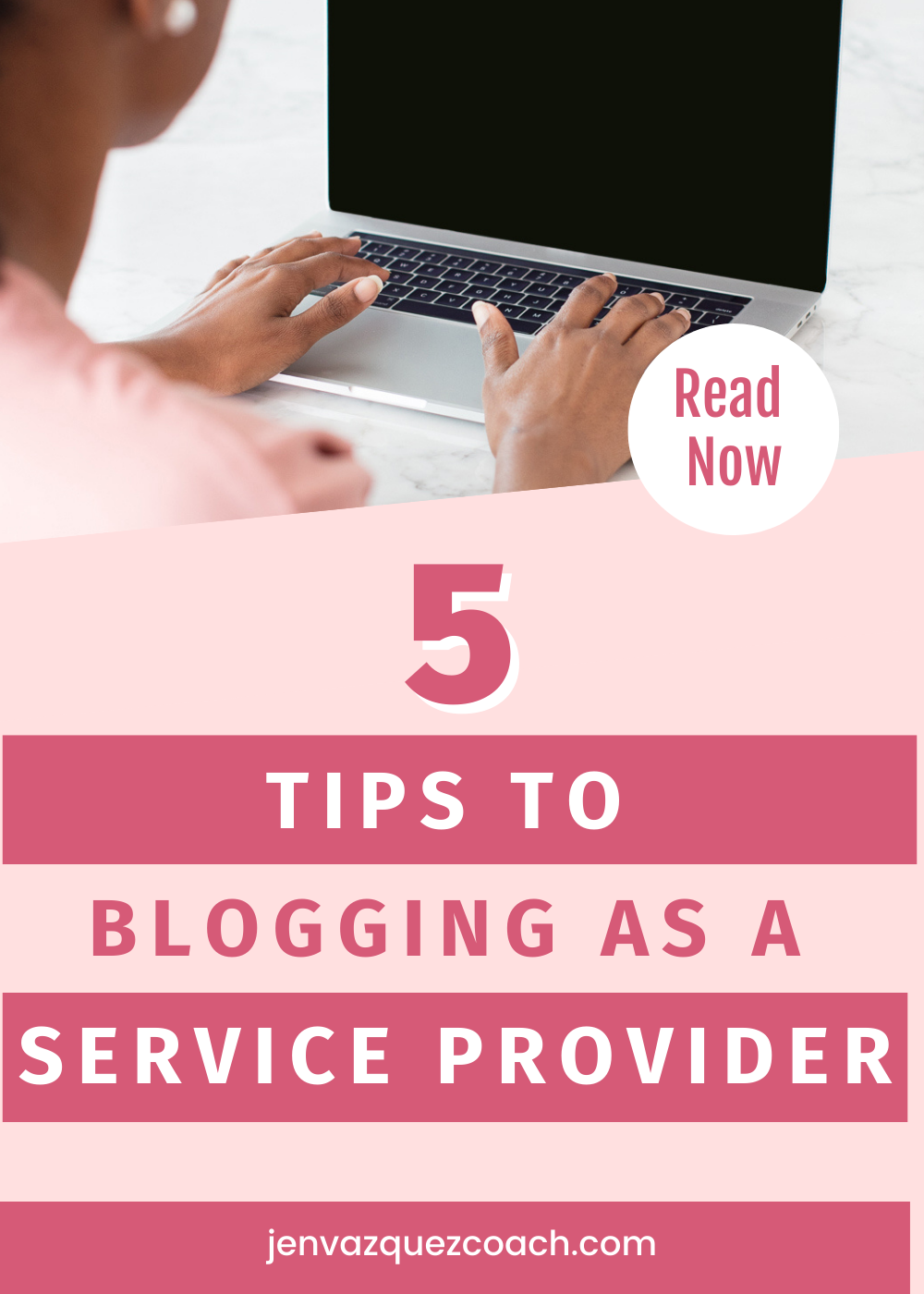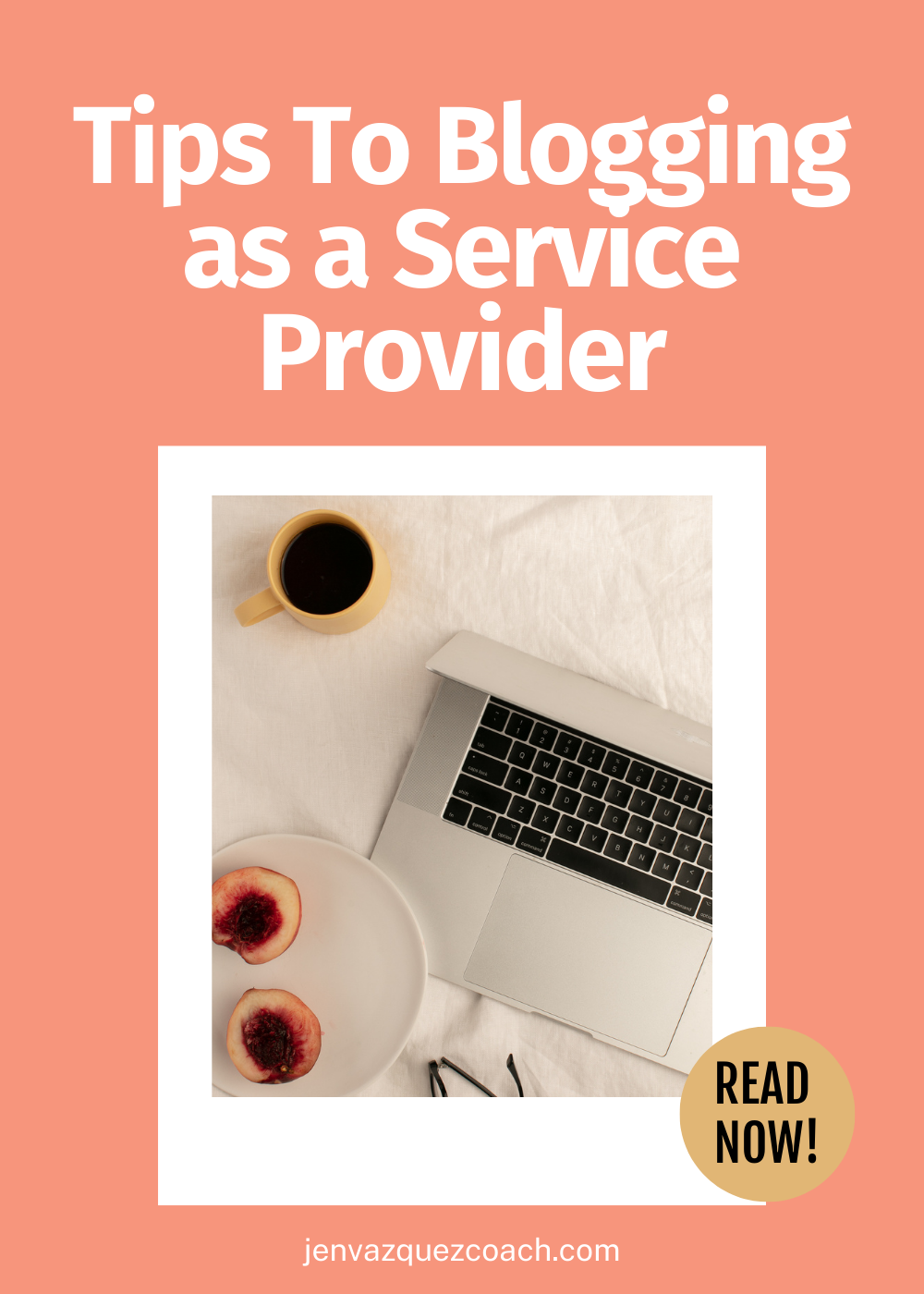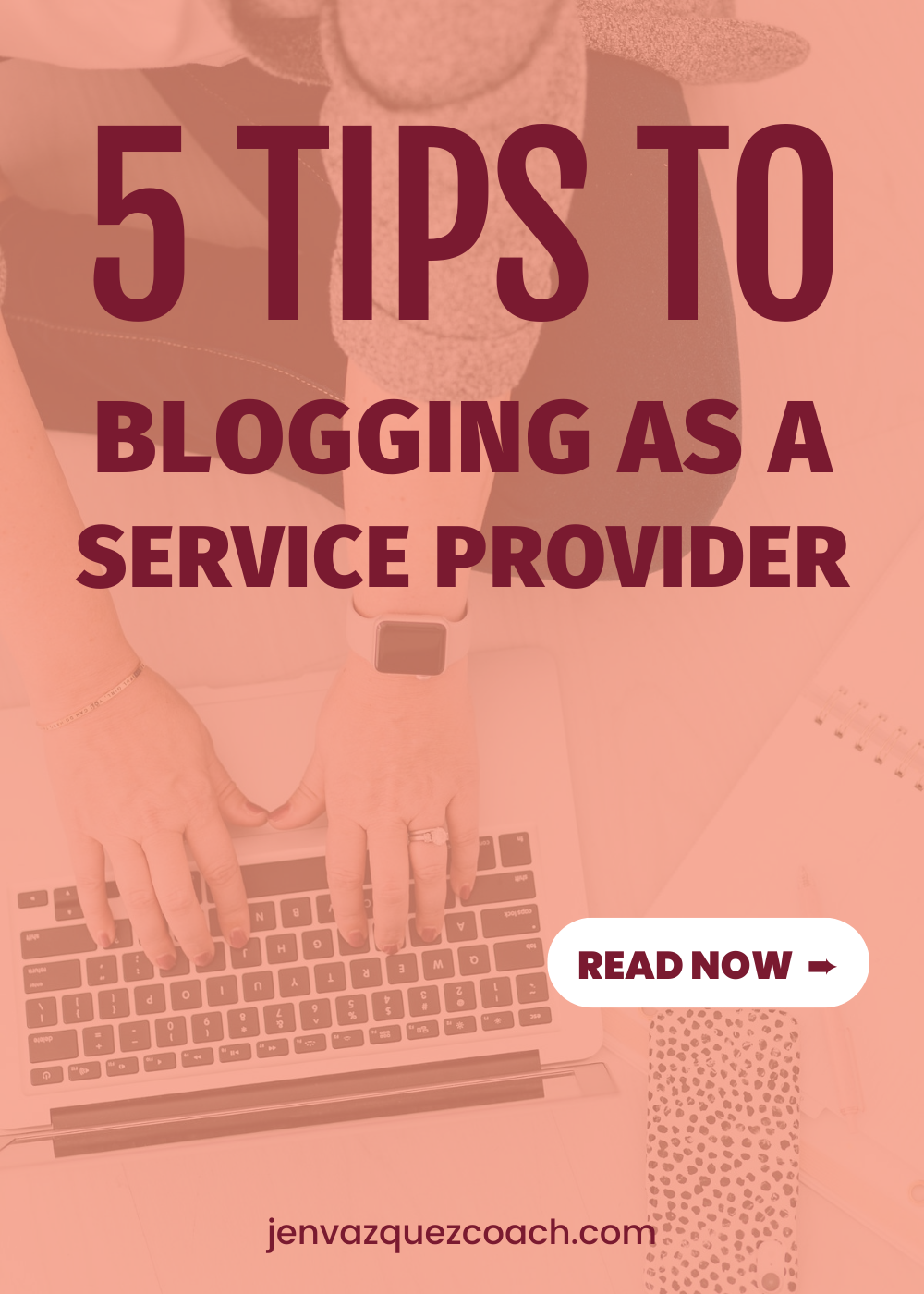Finding Focus: A Simple Strategy to Build a Consistent Marketing Plan Hello friends! Jen here, and today, I’ve got something super exciting to share with you, especially if you’ve ever felt like a hamster trapped on the marketing wheel. Many entrepreneurs struggle...
Blogging for Business Growth: A Guide for Business Coaches
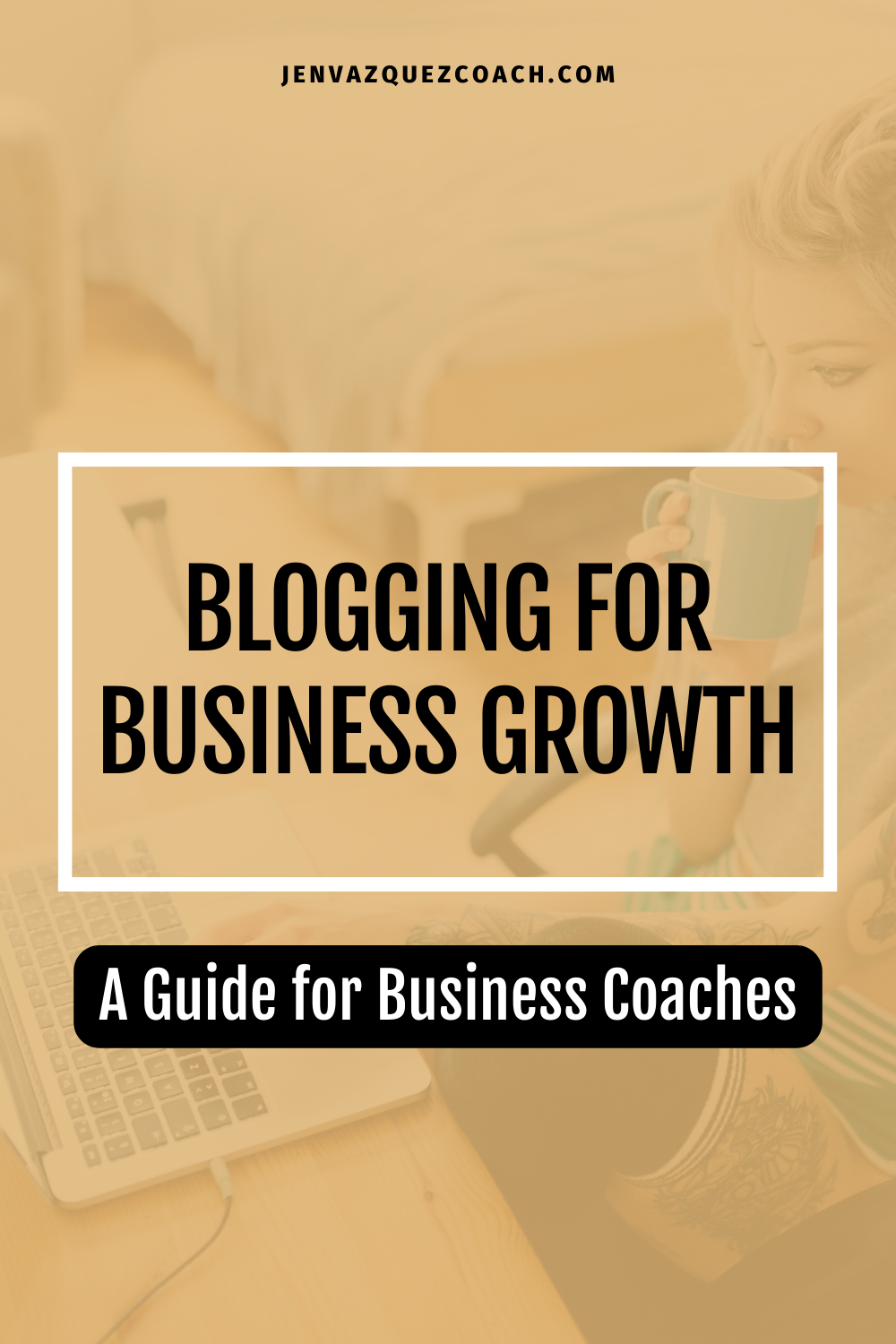
Blogging for Business Growth: A Guide for Business Coaches
Blogging is a powerful tool that can help business coaches grow their business and reach a wider audience. With over 500 million active blogs on the internet, there is no shortage of opportunities to share your expertise, reach new clients, and establish your brand as an authority in your industry. I can’t forget to also add that blogs and Pinterest work hand in hand!
Here are some tips on how to use blogging to grow your business as a business coach:
Know your audience
Knowing your audience is a critical step in creating a successful blog for your business. When you understand who your target audience is, what their pain points are, and what they’re interested in reading, you can create content that resonates with them and drives traffic to your blog.
To get to know your audience, consider the following:
- Demographics: Who are they? What is their age, gender, location, education level, etc.?
- Pain Points: What are their biggest challenges and struggles in their professional or personal life?
- Interests: What do they like to read about? What are their hobbies and interests outside of work?
- Goals: What do they hope to achieve in their career or personal life?
- Behaviors: How do they consume information? Do they prefer to read long-form content or short, bite-sized pieces? Do they prefer visual content like infographics or videos?
By understanding your audience, you can create content that speaks directly to them and addresses their needs. This will help build trust with your audience and keep them coming back for more. Additionally, by providing valuable content that resonates with your audience, you will improve your search engine rankings and attract new visitors to your blog.
Offer valuable content
Offering valuable and relevant content is the key to attracting and retaining an audience for your business coaching blog. The content you create should be more than just a sales pitch for your services, but instead should educate and inspire your audience. Here are a few things to keep in mind when creating valuable content:
- Share your expertise: As a business coach, you have a wealth of knowledge and experience to share with your audience. Write blog posts that showcase your expertise in areas such as leadership, strategy, and personal development. Offer tips and insights that your audience can use to improve their own businesses and careers.
- Provide actionable advice: Your blog posts should be more than just theory and abstract concepts. Instead, provide practical and actionable advice that your audience can put into practice. This will show them the value of your services and keep them coming back for more.
- Offer unique perspectives: Don’t be afraid to take a unique approach to your blog content. Share your own experiences and insights, and offer new and creative solutions to common business challenges. This will help you stand out from other business coaches and attract new readers to your blog.
- Keep it relevant: Make sure your blog content is relevant and up-to-date. Stay on top of the latest trends and developments in your industry and incorporate them into your blog posts. This will show your audience that you are a thought leader in your field.
By providing valuable and relevant content, you will establish yourself as a trusted source of information for your audience. This will help you build a strong and loyal following, and ultimately grow your business as a business coach.

Creative Marketing Summit
Need help with blogging? The Creative Marketing Summit is for you!
The Creative Marketing Summit was created to help you learn how to find, attract and book your ideal clients in the most effective way! Come learn from a curated list of a marketing industry experts to take action on your marketing and business goals.
Use keywords and optimize for search engines
Optimizing your blog for search engines is an important aspect of growing your business as a business coach. By using relevant keywords in your blog post titles and throughout your content, you can improve your visibility in search results and make it easier for people to find your blog.
Here are some tips for optimizing your blog for search engines:
- Conduct keyword research: Identify keywords and phrases that are relevant to your business coaching niche and that your target audience is likely to search for. Use tools like Google Keyword Planner to find popular keywords and get ideas for new ones.
- Use keywords in your post titles: Make sure the keywords you target are included in your post titles. This will help search engines understand what your post is about and improve your visibility in search results.
- Incorporate keywords throughout your content: In addition to using keywords in your post titles, you should also incorporate them into your content. Use them in your headings, subheadings, and throughout the body of your post.
- Write high-quality content: The most important factor in ranking well in search results is the quality of your content. Write blog posts that are well-written, informative, and provide value to your audience.
- Use meta descriptions: The meta description is the brief summary of your blog post that appears in search results. Use your keywords in your meta descriptions and make sure they accurately reflect the content of your post.
- By following these tips, you can improve your visibility in search results and make it easier for people to find your blog. This will help you attract new visitors and ultimately grow your business as a business coach.
Promote your blog
Creating a blog post is just the first step in growing your business as a business coach. Once you’ve published a post, it’s important to promote it to reach as many people as possible. Here are some tips for promoting your blog:
- Share on social media: Share your blog post on all your social media platforms, including LinkedIn, Twitter, and Facebook. Encourage your followers to share the post with their own networks.
- Reach out to your email list: If you have an email list of subscribers, let them know about your new blog post. You can include a link to the post in your next email newsletter or send a dedicated email to your list.
- Collaborate with other bloggers and business coaches: Reach out to other bloggers and business coaches in your niche and see if they would be interested in guest posting on your blog or if you could guest post on theirs. This will help you reach a new audience and build relationships with other influencers in your industry.
- Utilize community forums and discussion groups: Participate in online community forums and discussion groups related to business coaching. Share your blog post and engage in discussions to drive traffic back to your blog.
- Utilize paid advertising: Consider using paid advertising options, such as Facebook Ads or Google AdWords, to promote your blog post and reach a wider audience.
By promoting your blog post and reaching as many people as possible, you’ll be able to grow your business as a business coach and attract new clients.

Engage with your audience
Engaging with your audience is a crucial aspect of using blogging to grow your business as a business coach. By fostering a two-way conversation with your readers, you can build a strong community around your blog and establish yourself as a thought leader in your industry.
Here are some tips for engaging with your audience:
- Respond to comments: Encourage your readers to leave comments and make sure to respond to each one. This will show that you value their opinions and are dedicated to building a community around your blog.
- Encourage feedback: Ask your readers for feedback and suggestions on topics they would like to see covered on your blog. This will help you create content that resonates with them and keep them engaged.
- Engage on social media: Engage with your followers on social media by sharing your blog post and encouraging them to share their thoughts. Respond to any comments or questions they have and participate in discussions related to your blog.
- Create opportunities for interaction: Consider hosting webinars, live Q&A sessions, or other events to give your audience a chance to interact with you and engage with your content.
By engaging with your audience, you’ll be able to build relationships and establish yourself as a trusted resource in your industry. This will help you grow your business as a business coach and attract new clients.
Summary
As a business coach, blogging is a powerful tool and a crucial component of marketing for business coaches can use to reach new clients and grow their business. By offering valuable content, optimizing for search engines, promoting your blog, and engaging with your audience, you can establish your brand as an authority in your industry and drive growth for your business. So start blogging today and watch your business grow!
Don’t forget to pin it!
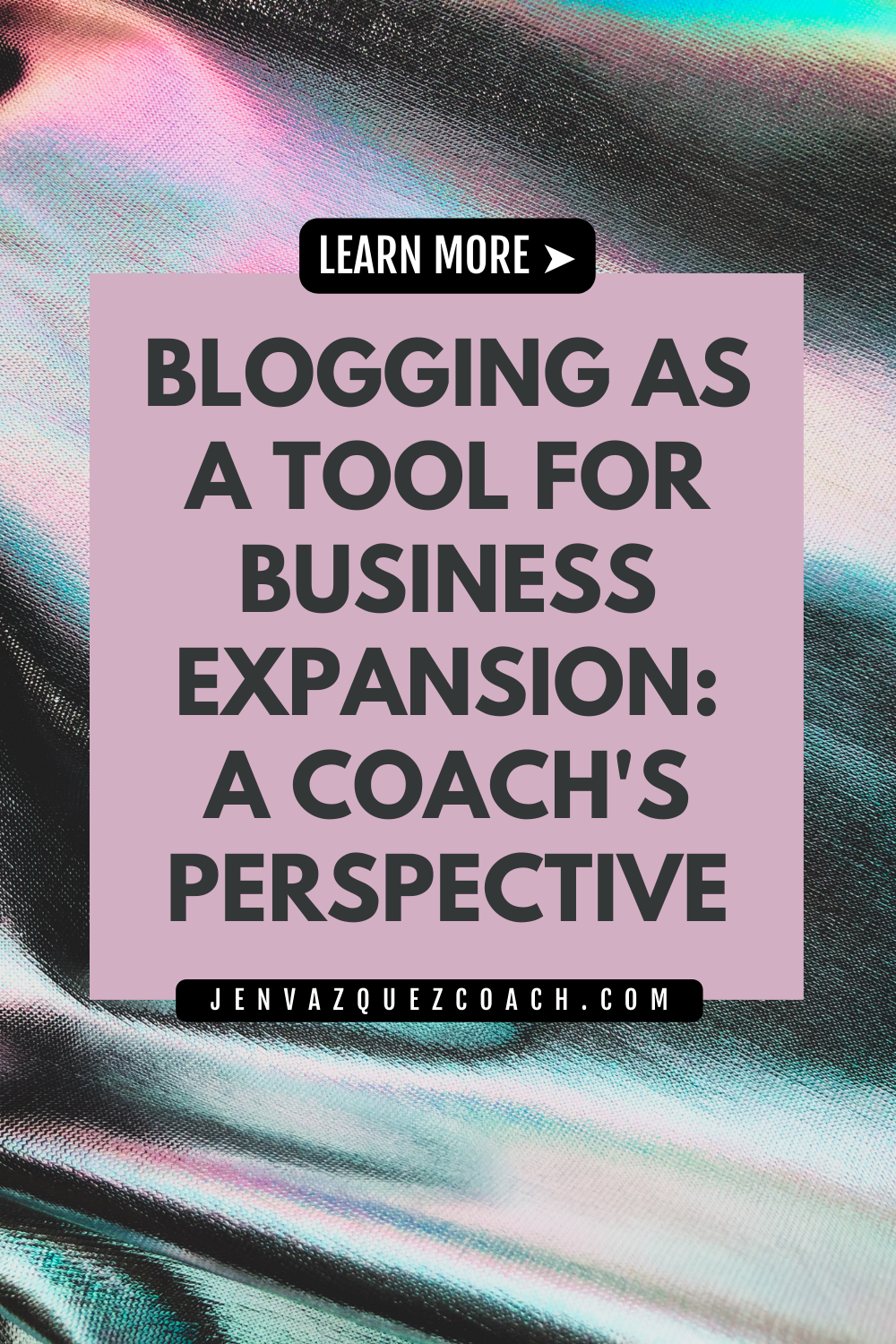
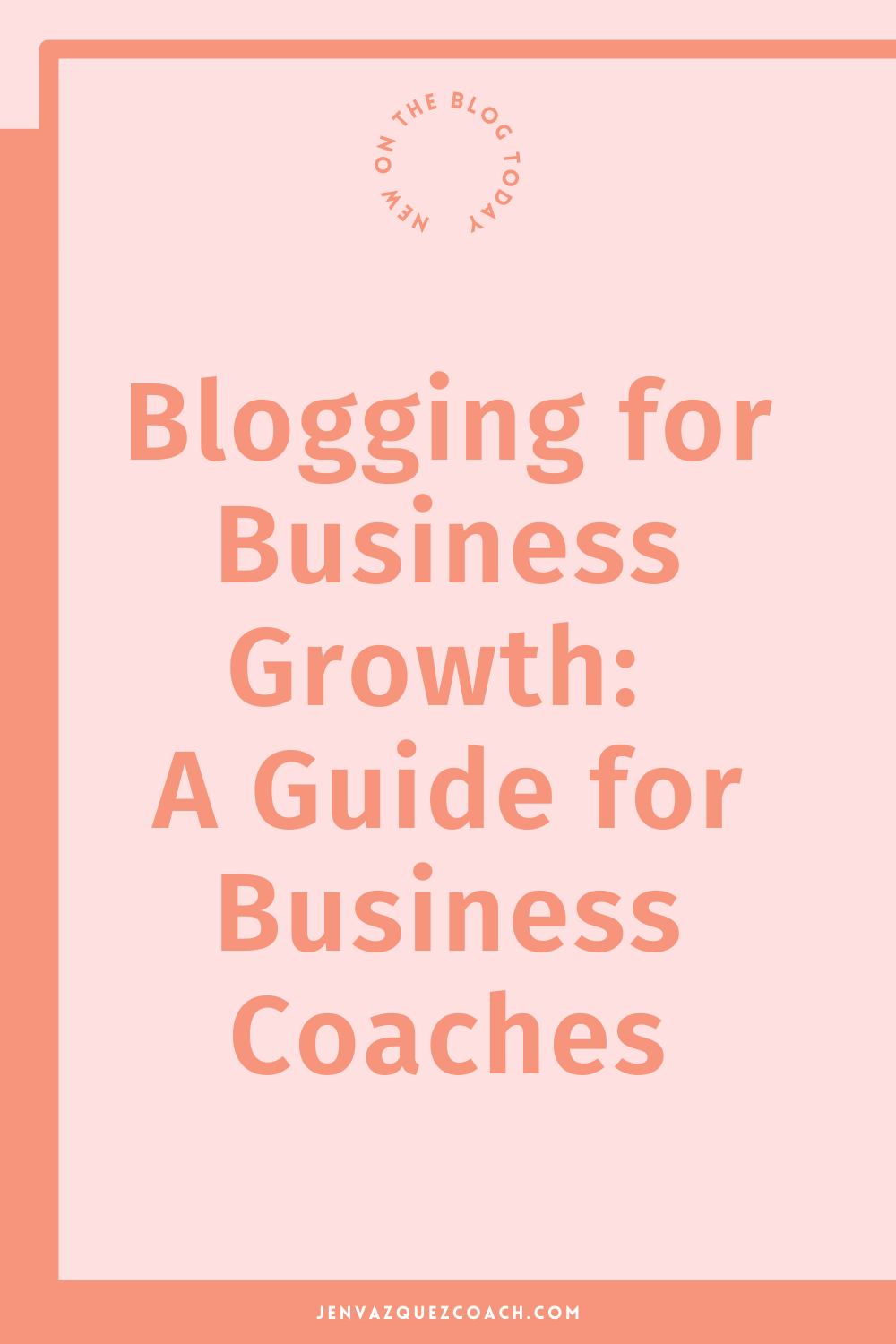
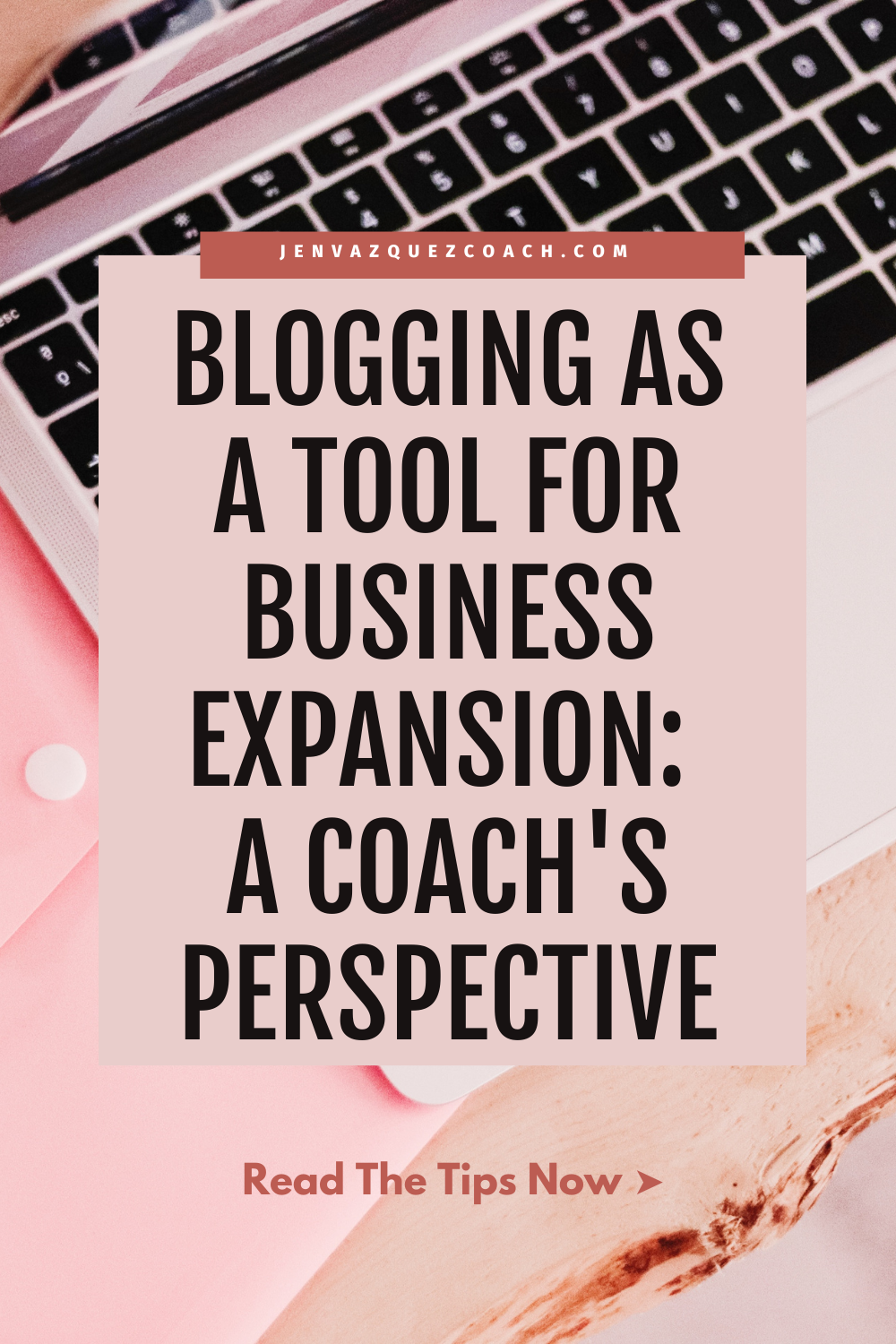

Here is more information that may be helpful!
Finding Focus: A Simple Strategy to Build a Consistent Marketing Plan
Pinterest Analytics Made Easy: Turn Numbers into Business Growth
Pinterest Analytics Made Easy: Turn Numbers into Business Growth Hey there! I'm Jen, and just like you, I adore Pinterest for both fun and business. Let's be real—while creating awesome pins and engaging with your audience feels great, we all need to know if our...
Pinterest Trends Weekly: Keep It Fresh
Pinterest Trends Weekly: Keep It Fresh Welcome back to this week's Pinterest Trends Weekly! This week, Pinterest has gathered insights around the theme "Keep it Fresh." We'll dive into all the trending topics, but first, let's look at the key trends: 20x increase in...
